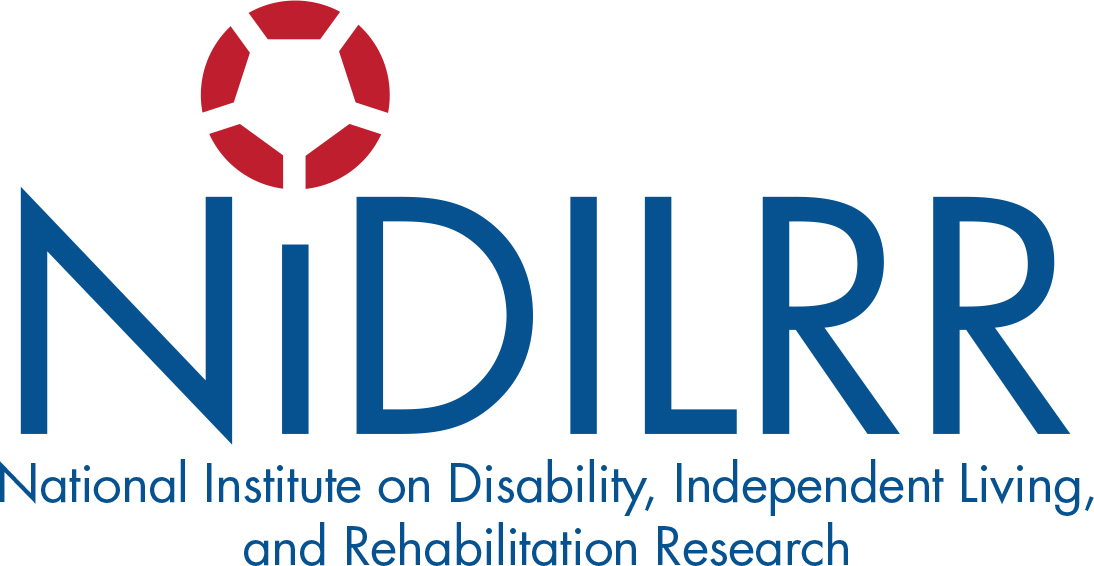A blow to the head or body causes a concussion, and a person does not have to be knocked unconscious to have a concussion. The more common physical activities associated with the greatest number of traumatic brain injuries included bicycling, football, playground activities, basketball, and soccer. Common causes include contact with another player, hitting a hard surface (ground, ice, court, etc.), and being hit by a piece of equipment (ball, stick, etc.).
Common symptoms include one or more of the following:
- Headache
- Confusion
- Difficulty remembering or paying attention
- Balance problems or dizziness
- Feeling sluggish, hazy, foggy, or groggy
- Feeling irritable, more emotional, or “down”
- Nausea or vomiting
- Bothered by light or noise
- Double or blurry vision
- Slowed reaction time
- Sleep problems
- Loss of consciousness
Parents, teachers, coaches, athletic trainers, and player must be educated and prepared to act as soon as they notice symptoms of a concussion. More and more states are passing laws governing the management of concussion in youth populations. You should check the laws in your state for an action plan if a concussion occurs, but there are four general recommendations for any action plan.
- Do not ignore the situation! Many people have been taught that it is common to get your “bell rung” when playing sports and expect players “tough it out.” This is not the recommended course of action. Concussions are to always be taken seriously and the health and safety of the player protected! Why? People with a concussion are more likely to have a repeat concussion, and a repeat concussion that occurs before the brain recovers from an initial concussion can slow recovery and increase the likelihood of having long-term problems. In rare cases, concussions and/or repeat concussions can result in swelling of the brain, permanent brain damage, and even death.
- Immediately inform the player’s parents or guardian about the suspected concussion and make sure they understand that a health care professional experienced in evaluating concussions needs to assess the severity of the player’s injury. Too often coaches, parents and others try to judge the severity of the injury, but only an experienced health care professional can assess the severity of concussions.
- In the event of a concussion with any symptom lasting longer than a few minutes, seek immediate emergency treatment. Lasting symptoms are often a sign of a more severe injury to the brain.
- No player should be allowed to continue participating in further physical activities regardless of any verbal or written choice to the contrary made by anyone other than a health care professional experienced in evaluating for concussion.
The CDC’s Heads Up Educational Initiatives and Campaignshelp to improve prevention, recognition, and response to this injury among health care and school professionals, parents, coaches, and children and adolescents.
